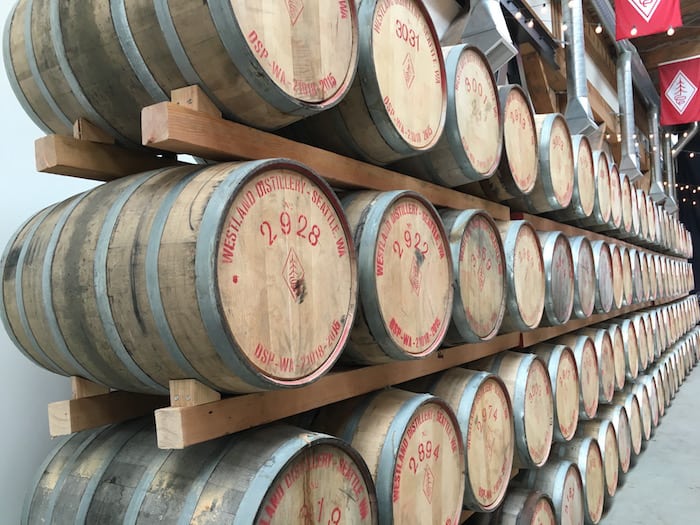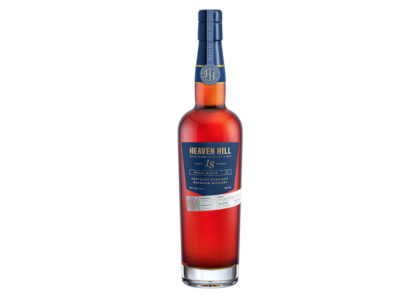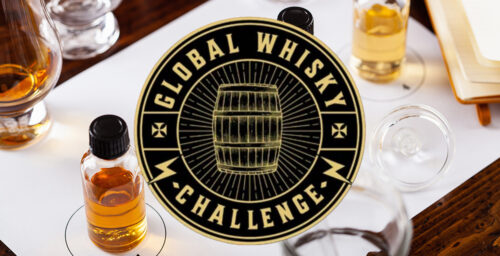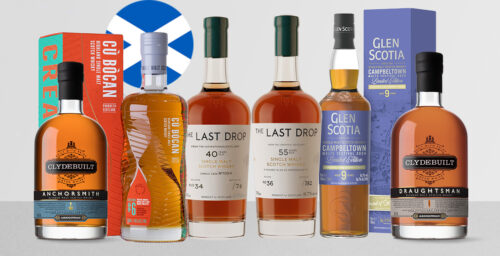When the craft distillery boom began, let’s say 15 years ago, many new distillers came out of the box attacking the big guys, disparaging their products, calling them names, and attributing to them (without much evidence) all sorts of deceptive and malicious behavior, including an alleged desire to crush the new movement. It was never true, and in the years since, that sort of talk has died down, as both sides have recognized and acknowledged what the other brings to the party.
A big step forward happened in 2010, when the Distilled Spirits Council of the United States (DISCUS) created its Small Distiller Affiliates program. DISCUS, of course, represents the biggest of the big U.S. distilled spirits producers, companies such as Diageo, Beam Suntory, Bacardi, Brown-Forman, etc. If “Big Alcohol” wanted to crush the little guys, DISCUS would have led the charge. Instead, it invited them to join at greatly reduced dues.

Today, that program has well over 100 members, including most of the companies considered leaders in the craft movement.
Why did “Big Alcohol” give craft distillers a seat at the table? It wasn’t altruistic. The main job of DISCUS is to represent the industry in Washington, lobbying on its behalf about matters of taxation, regulation, and other issues. In most cases, the interests of small and large producers are aligned. Both groups want lower taxes and less regulation, and both want the main federal regulator, the Treasury’s Alcohol Tax and Trade Bureau (TTB), to be more consistent and transparent.
Many of the majors are concentrated geographically, and therefore politically influential in only a few states, such as New York, Connecticut, Kentucky, and Tennessee. The craft folks, on the other hand, have boots on the ground in all 50 states. As local business leaders, they have the ear of their state and local government officials, as well as their federal representatives. They have a potent economic development message. They give DISCUS a political boost way out of proportion to their size, because of their local presence and enthusiastic local customer base.
The boom in American whiskey and other American-made spirits has coincided with the rise of the craft spirits movement. Coincidence? Maybe some, but not entirely. As craft spirits and craft cocktails have increased interest in and awareness of local and artisanal distilled spirits products, that heightened awareness has benefited the majors too. Anything that creates interest in distilled spirits, especially among younger consumers, is bound to benefit big producers the most, as they produce the greatest volume.
Craft producers have also bred a safe space for experimentation and premiumization. Consumers who will willingly pay $50 for a bottle of young whiskey from a craft distillery have less resistance to spending $50 for a well-aged whiskey from a major. In the dark days of the last quarter of the previous century, bourbon had become a commodity, a price-driven category with little quality differentiation. That mindset has changed, and craft distillers deserve at least some of the credit.
It is not all gumdrops and rainbows, of course. Craft folks hate it when majors tout their own craft cred or copy ideas that began in craft, like combining bourbon and rye. Producers who simply buy bulk spirits from a major but pretend it is craft muddy the water for everyone, creating confusion and suspicion among consumers. But even that has a silver lining, as it has increased demand for independent and reliable product information.
The craft movement has even spawned a subset of mid-major distilleries. Whereas most craft distilleries produce less than 20,000 proof gallons a year, a few have gotten into the range of 500,000 to 1.5 million, still much smaller than any of the majors (Jack Daniel’s, the biggest, produces many millions of gallons), but big enough to make a meaningful contribution to overall production.
As the very young craft movement has matured, it has found ways to differentiate itself from “Big Alcohol” without disparaging the industry giants unnecessarily. In return, the majors have been supportive and open to sharing information and resources. Sure, it remains a competitive business, but it has a collegial side that seems appropriate for a product that is all about pleasure and enjoyment.








